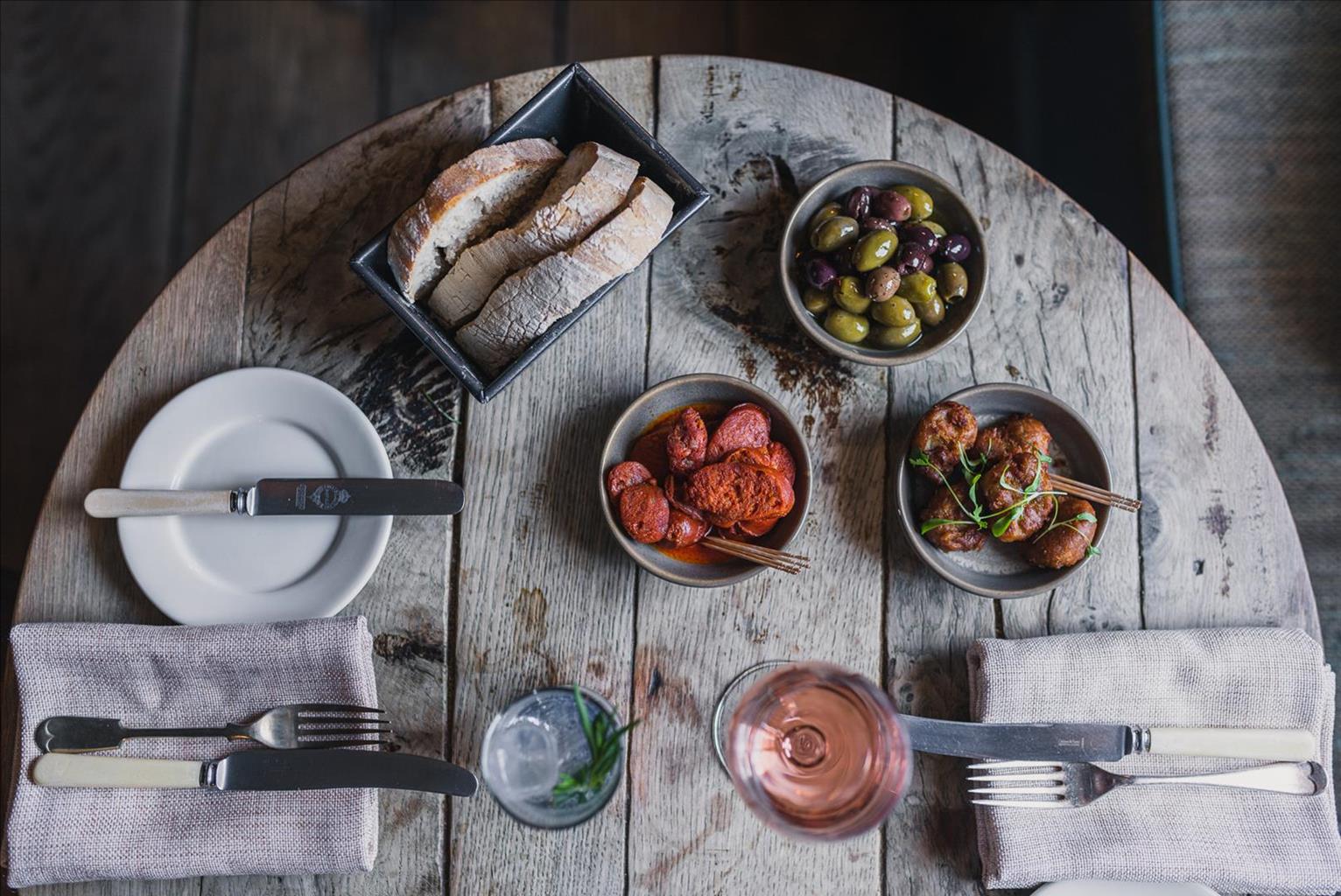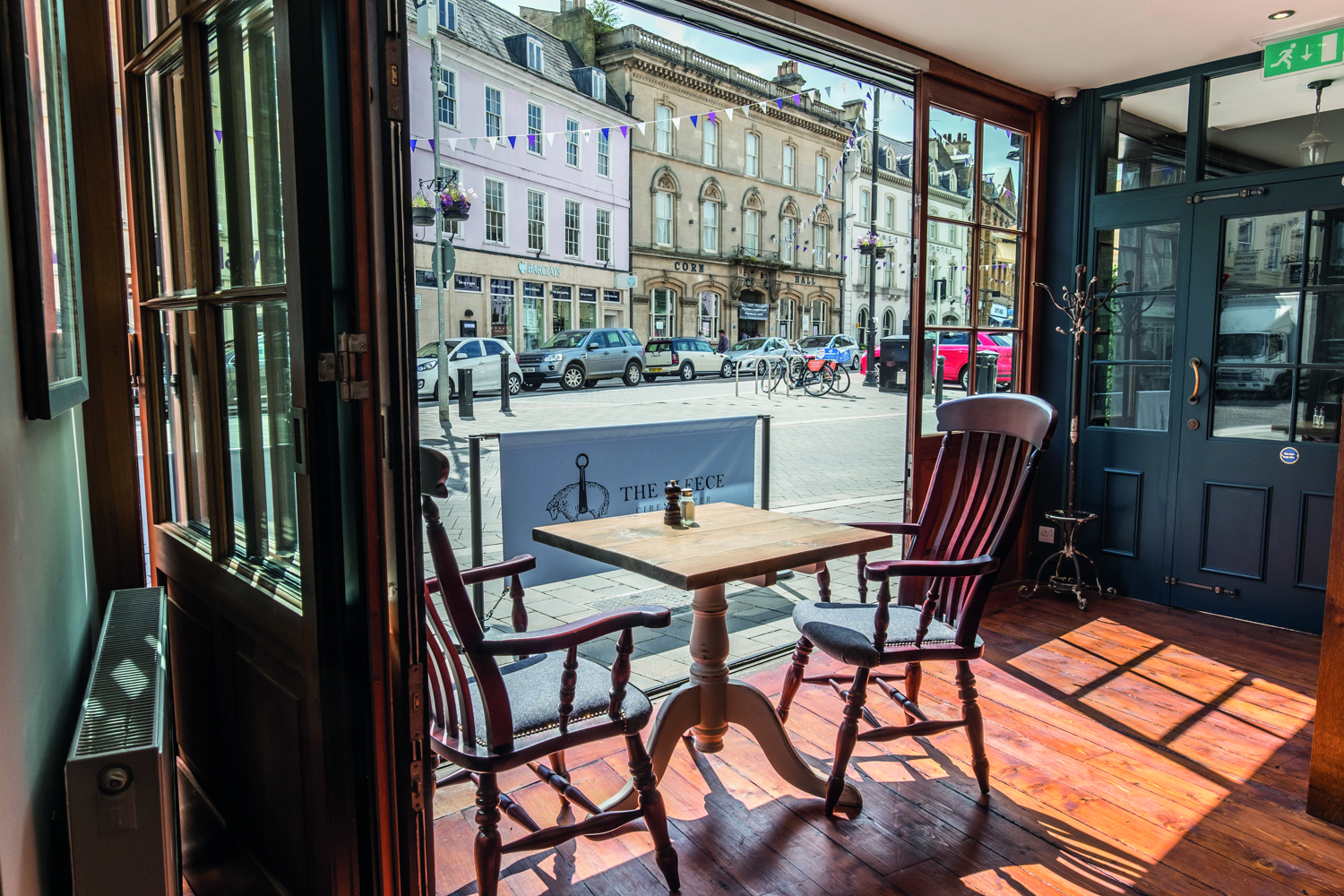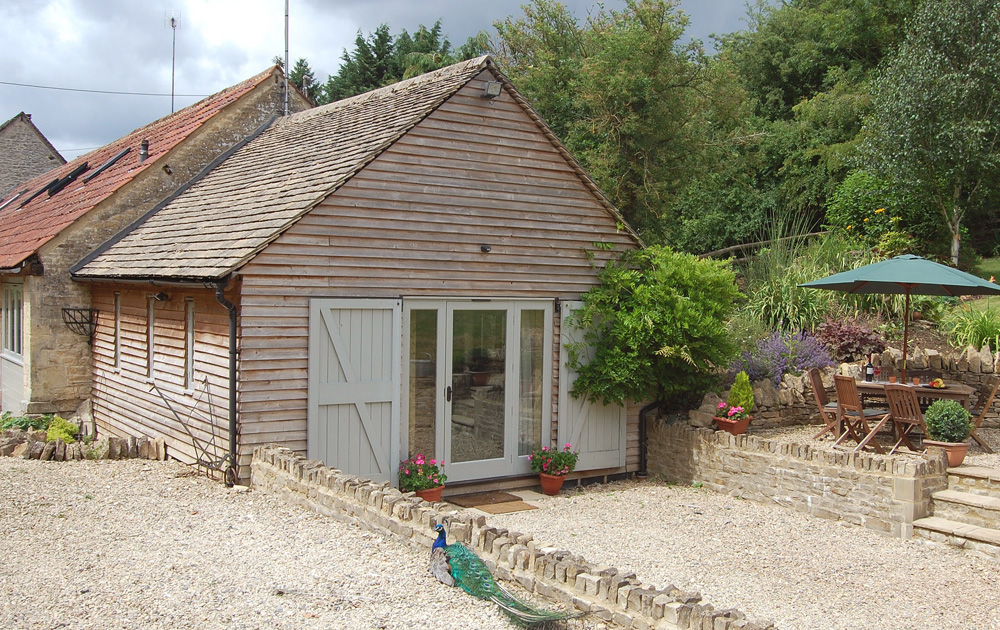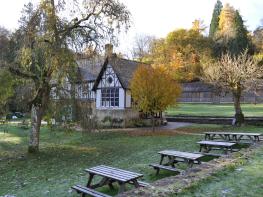Southwold Barn sits in the glorious Cotswold countryside, a large well-kept barn in a gorgeous…
Around Chedworth Roman Villa

Finding out how wealthy Romanised Britons lived in the Cotswolds.
4.5 miles (7.2kms)
About the walk
The subject of this walk, Chedworth Roman Villa, sits in a secluded wooded stretch of the Coln Valley, protected from the elements and with a good supply of water – the spring later fed a temple to a water goddess. Despite our usual perception of a historically densely wooded Britain, the villa would have stood in open countryside. Originally, Chedworth was one of about 50 villas in the Cotswold region, and one of nine in a 5-mile (8km) radius; it was only discovered in 1864.
The Romans invaded Britain in ad 43 and appeared to have brought the area that is now Gloucestershire under their power within four years. The area west of the Fosse Way remained under military alert for another decade, but by ad 60 the Romans were established as rulers.
The process of colonisation was a long one, but by the early part of the 2nd century ad the Romans and their subjects, known as the ‘Romano-British’, felt sufficiently at ease to begin the construction of small, timber-framed villas in the valleys of the Cotswold escarpment. Later villas would be built of stone.
The Roman villa at Chedworth dates from about ad 120 and is open daily from mid-February to the end of November. Although it was eventually the home of a well-to-do family – probably native people who had thrown in their lot with the new rulers – in its earliest days it functioned primarily as a farmhouse. The surrounding land was used for cultivating crops and raising animals.
Two hundred years later Chedworth was transformed to reflect the wealth and status of a rich family. Steam baths were added and the common rooms were enlarged. Its beautiful mosaic floors were laid down in the last part of the 4th century ad, made by craftsmen from Cirencester. They include one in the villa’s west wing where figures illustrating the four seasons are seen in each corner.
Walk directions
From Chedworth Church, surrounded by steep valleys and glorious Cotswold folds, drop down on to the path opposite the parking area and go through a gate to the right of the Seven Tuns pub. Beyond the stables behind the pub, enter a field via a stile and head for a second stile in the far corner. Just a dozen or so paces further, another stile takes you left, through trees and over the line of the long-dismantled railway. On the other side of it, bear left to reach a stile on your right. Go over it into a field and walk down this to cross another stile. Cross a stream via stone slabs, then bear left up to a lane. Cross it and then, keeping left of the cottages, go up to a gate. Go on up the field to another gate and walk along a path ahead, passing through two more gates to arrive at a lane.
Turn right here and walk along the lane for 0.5 miles (800m), passing barns on the left. When you reach a point where there are footpaths to the left and right, turn left into a field and walk dead ahead, passing just left of a tree and avoiding a left-hand path. Continue to the edge of woodland and follow a track through the woods for 550yds (503m). Then, at a wooden footpath sign, go diagonally left up to a track and keep right. After 40yds (36m) bear left on a path that will soon bring you down to a road.
Turn left here and, at a sharp corner, with the former Yanworth Mill (now Woodside Cottages) to your right, walk straight on along a track signposted ‘Roman villa – footpath only’. Follow the track, much of it beside woodland, until it comes to an end at a road. Turn left and walk on to arrive at the Roman villa. Carry on past the villa, with its main entrance and nearby buildings clearly seen, and enter woodland. Pass beneath an old railway bridge and within 150yds (137m) reach a crossroads of tracks
Turn left here (on the Macmillan Way) and follow the main track until it takes you out of the woods, bringing you to a gate at the edge of a field. Go to the top of this field and make for the gate directly in front of you. Avoid the stile on the left by trees to reach wooden steps that descend quite steeply to a stile at the edge of a field. Now walk ahead across this pasture, making your way towards a stile to the right of a pair of semi-detached houses. Cross this and follow the lane back to the church and cottages in Chedworth where the walk began.
Additional information
Tracks, lanes, fields and woodland; several stiles
Meadows, streams, woods and shallow valleys
Plenty of quiet lanes and tracks
OS Explorer OL45 The Cotswolds
Parking area in front of Chedworth Church (restricted to congregation during services)
None on route
WALKING IN SAFETY
Read our tips to look after yourself and the environment when following this walk.
Find out more
Also in the area
About the area
Discover Gloucestershire
Gloucestershire is home to a variety of landscapes. The Cotswolds, a region of gentle hills, valleys and gem-like villages, roll through the county. To their west is the Severn Plain, watered by Britain’s longest river, and characterised by orchards and farms marked out by hedgerows that blaze with mayflower in the spring, and beyond the Severn are the Forest of Dean and the Wye Valley.
Throughout the county you are never far away from the past. Neolithic burial chambers are widespread, and so too are the remains of Roman villas, many of which retain the fine mosaic work produced by Cirencester workshops. There are several examples of Saxon building, while in the Stroud valleys abandoned mills and canals are the mark left by the Industrial Revolution. Gloucestershire has always been known for its abbeys, but most of them have disappeared or lie in ruins. However, few counties can equal the churches that remain here. These are many and diverse, from the ‘wool’ churches in Chipping Campden and Northleach, to the cathedral at Gloucester, the abbey church at Tewkesbury or remote St Mary’s, standing alone near Dymock.
Nearby stays
Restaurants and Pubs
Nearby experiences
Recommended things to do
Why choose Rated Trips?
Your trusted guide to rated places across the UK
The best coverage
Discover more than 15,000 professionally rated places to stay, eat and visit from across the UK and Ireland.
Quality assured
Choose a place to stay safe in the knowledge that it has been expertly assessed by trained assessors.
Plan your next trip
Search by location or the type of place you're visiting to find your next ideal holiday experience.
Travel inspiration
Read our articles, city guides and recommended things to do for inspiration. We're here to help you explore the UK.


















